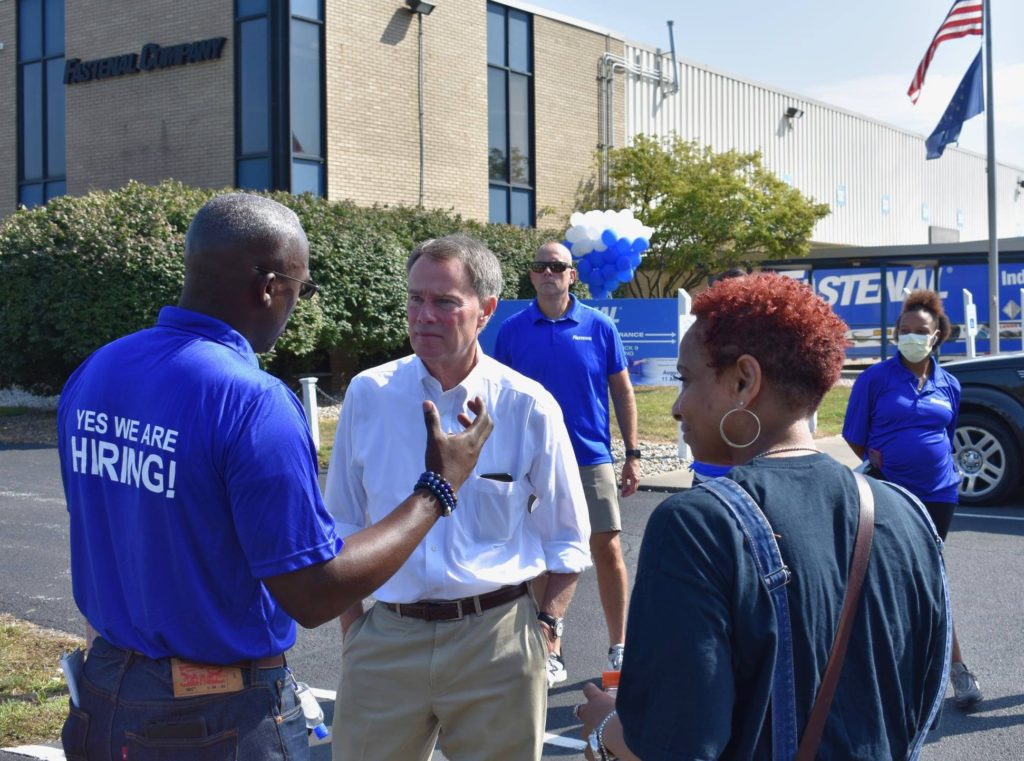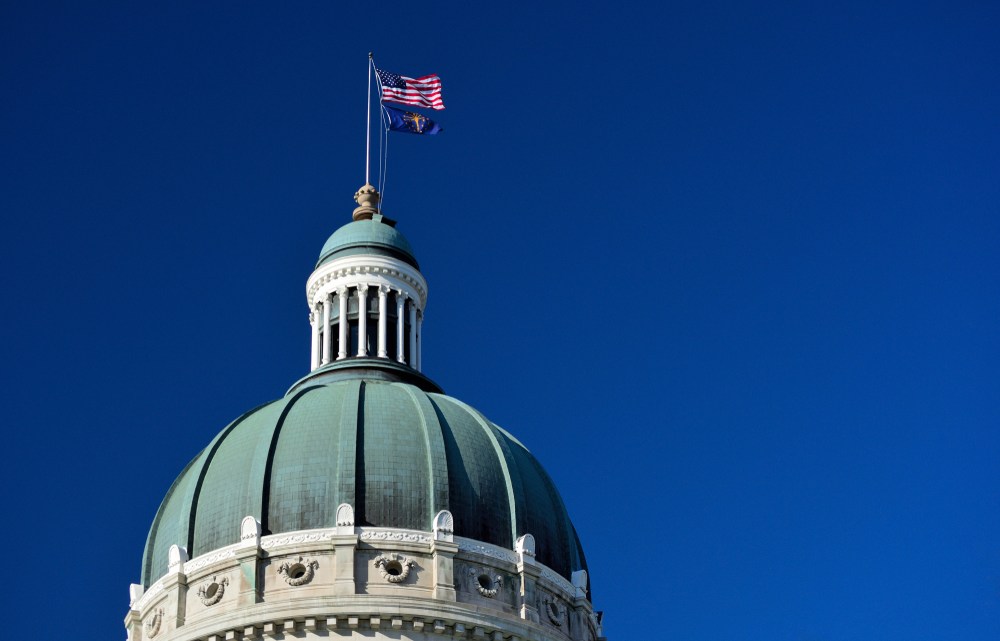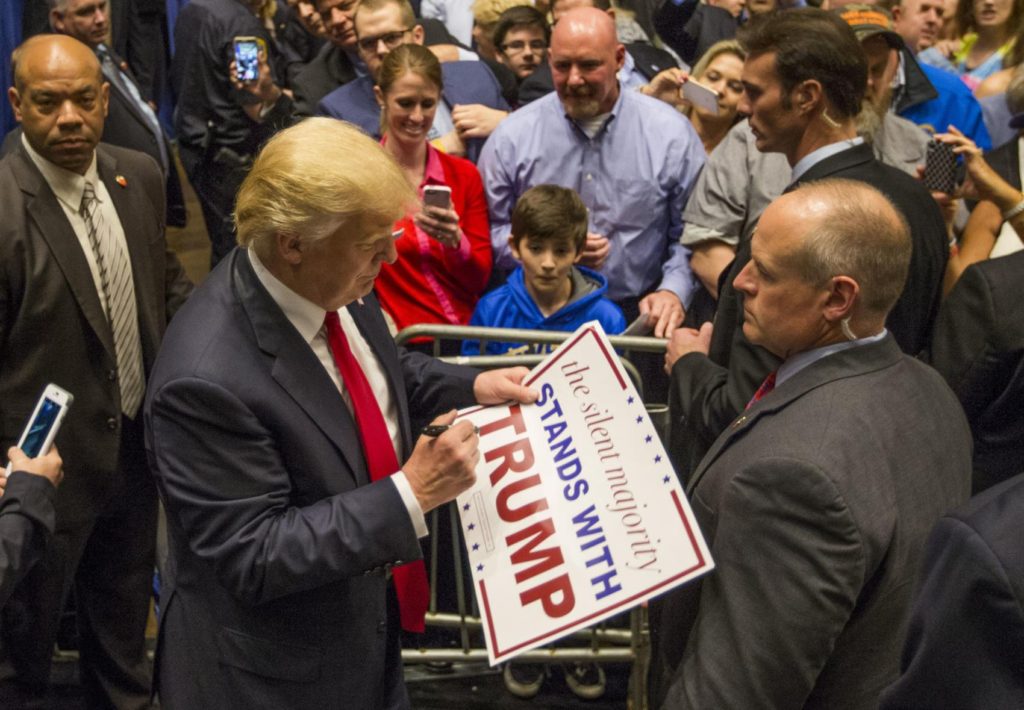Poll Shows Hogsett Likable, But Vulnerable
by Abdul Hakim-Shabazz
By Abdul-Hakim Shabazz & Andrew Weissert
A survey conducted by Indy Politics and ARW Strategies of registered voters in Marion County between August 13th and 23rd shows voters have mixed feelings about the direction of Indianapolis but are largely positive about the city’s mayor, Joe Hogsett.
Key findings include:
Voters are split on the direction of Indianapolis. 40% of registered voters believe that the city of Indianapolis is headed in the right direction, while an equal 40% believe that the city has gotten off on the wrong track. Democrats and younger voters are most optimistic about the direction of the city, while African American, Republican, Independent, and older voters are more pessimistic.
Fifty-four percent of Democrats believe the city is headed in the right direction, while just 31% of Republicans and 24% of Independents believe the same. 52% of 18–34 year-olds and a plurality (46%) of 35-49 year-olds like the direction of Indianapolis, while just 24% of 50-64 years (versus 52% Wrong Track) and 31% of seniors (versus 43% Wrong Track) are as enthused. Only 30% of African Americans are happy with the direction of the city, while 37% think it’s gotten off on the wrong track.
Interestingly, those in Center Township are far more optimistic about the city than those in the surrounding townships. 51% of Center Township voters believe the city is headed in the right direction, while just 34% say it’s gotten off on the wrong track.
Mayor Joe Hogsett is largely liked by the voters in the region. A majority (55%) of voters have a favorable opinion of Indianapolis Mayor Joe Hogsett and 57% approve of the job he’s doing as mayor. Just 29% have an unfavorable opinion of him, while 32% disapprove of the job he’s doing.
His Democratic base is the driving force behind his positive image and job approval. 78% of Democrats approve of the job he’s doing and just 13% disapprove. Independents are close to evenly split on the mayor. 38% approve of the job he’s doing and 42% disapprove. Perhaps surprisingly, less than half of Republicans (49%) disapprove of the job he’s doing, while 41% approve of his job performance.
While the mayor is getting high marks, he hasn’t solidified re-election just yet. Asked whether voters would vote to re-elect Mayor Hogsett or if they’d vote for someone else, 37% said they’d vote for Hogsett, while 32% said they’d vote for someone else. 31% said they’re undecided.
While voters seem to like Mayor Hogsett, as reflected in his image and job approval numbers, 31% of his own Democratic base are undecided on whether they’d vote for his re-election. 35% of Independents and 47% of Republicans would vote for someone else, while 40% of Independents and 25% of Republicans are undecided.
“Despite how his re-election numbers look on the surface, they should probably be interpreted with caution,” said Andrew Weissert of ARW Strategies. “Without an actual named opponent, voters will often create a perfect vision for whom they would want in a hypothetical matchup. Obviously, the eventual opponent won’t be perfect and so I think Hogsett is probably in a little better shape than these suggest, but still has his work cut out for him.”
Driving home this point is that among Democrats, 52% say they’d vote for Hogsett but 31% are undecided. A near-equal 29% of those who approve of the job he’s doing as mayor are also undecided. First, Democrats will likely coalesce around their party’s nominee if he runs again. Second, a large portion of voters who approve of the job he’s doing will also likely side with Hogsett ultimately. You rarely see a voter say they like an elected official and approve of the job they’re doing but then go vote them out of office.
In addition, we also provided a breakdown on Hogett’s re-election by Township and race/ethnicity; support, oppose and undecided.
By Township
- Center – 55/21/23
- Decatur – 19/34/26
- Franklin – 28/55/16
- Lawrence – 31/25/53
- Perry – 33/29/37
- Warren 37/33/29
- Pike 24/34/42
- Washington – 45/23/31
- Wayne – 36/38/25
By Race/Ethnicity
- Whites – 38/23/38
- Blacks – 35/27/37
- Latinos/Hispanic – 43/11/44
- Other – 26/41/31
With respect to the Indianapolis City-County Council, the body’s approval rating was 39 percent, while 31 percent thought unfavorably. Twenty-nine percent were undecided. Twenty-eight percent had a favorable view of Council President Vop Osili; 21 percent disapproved and 51 percent were unsure. Republican leader Brian Mowery had a favorable rating of 24 percent. 19 percent thought unfavorably 58 percent had no opinion.
Tomorrow we will take a look at crime, public safety, and the Marion County Prosecutor.
Abdul-Hakim Shabazz is the editor and publisher of IndyPolitics.Org.
Andrew Weissert is the President of ARW Strategies.
———————————–
Methodology
This poll was conducted between August 13th and 23rd, 2021. In all, 400 interviews were achieved among registered voters in Marion County, Indiana. 200 of these responses came from text message surveys to cell phones and 200 of these responses came from online surveys. The Margin of Error for this survey is +/- 4.9% at a Confidence Interval of 95%.




